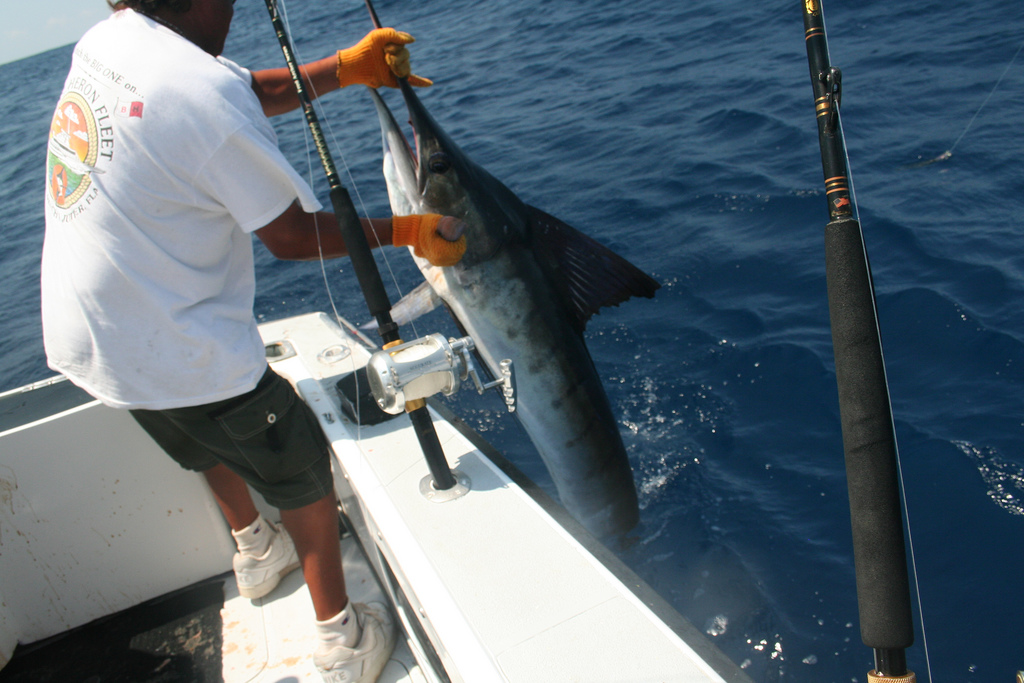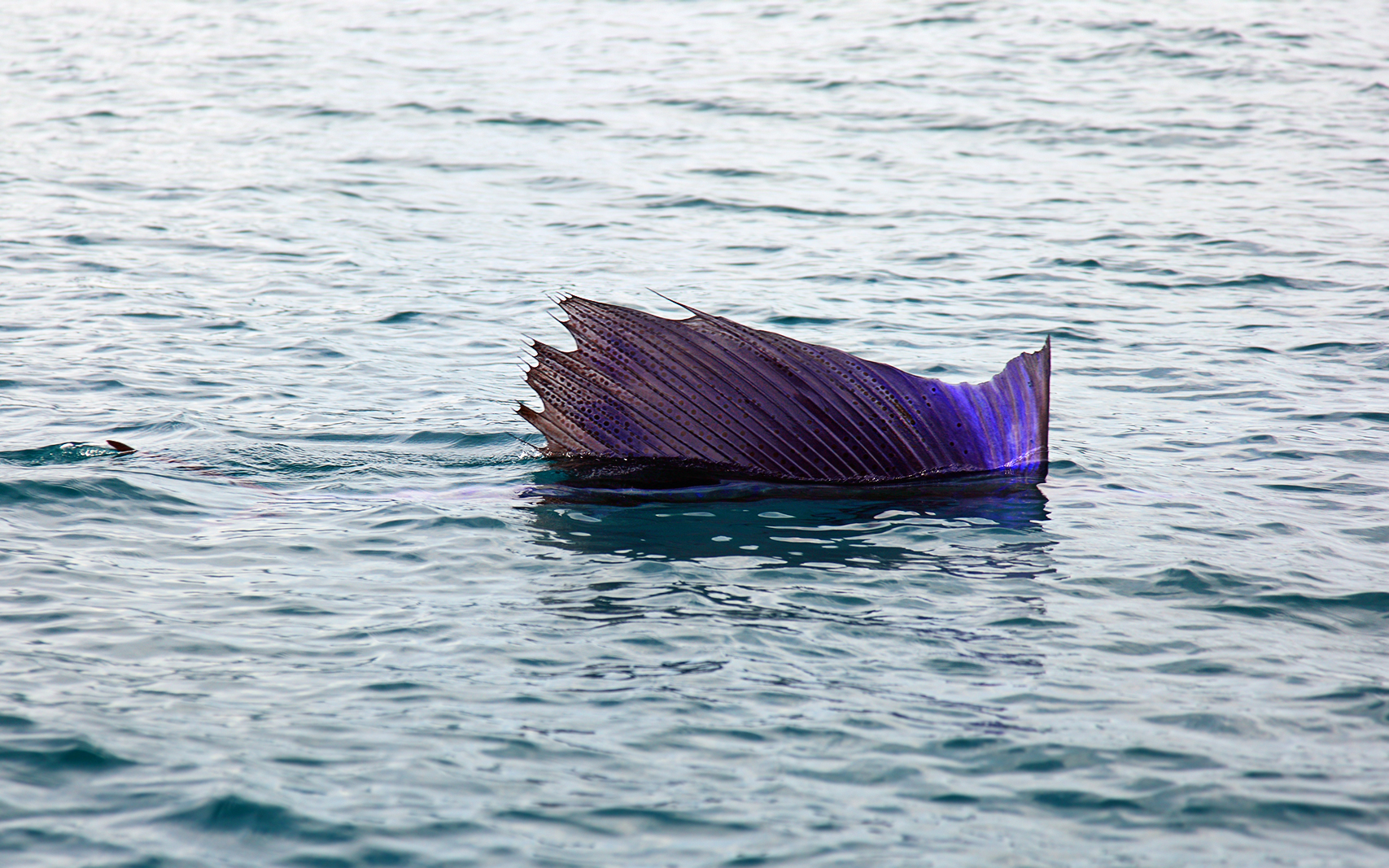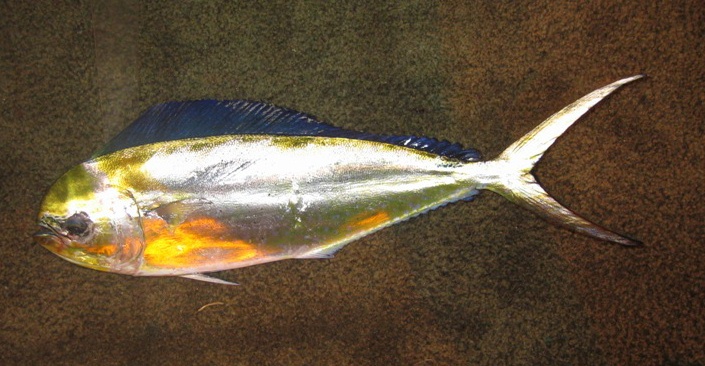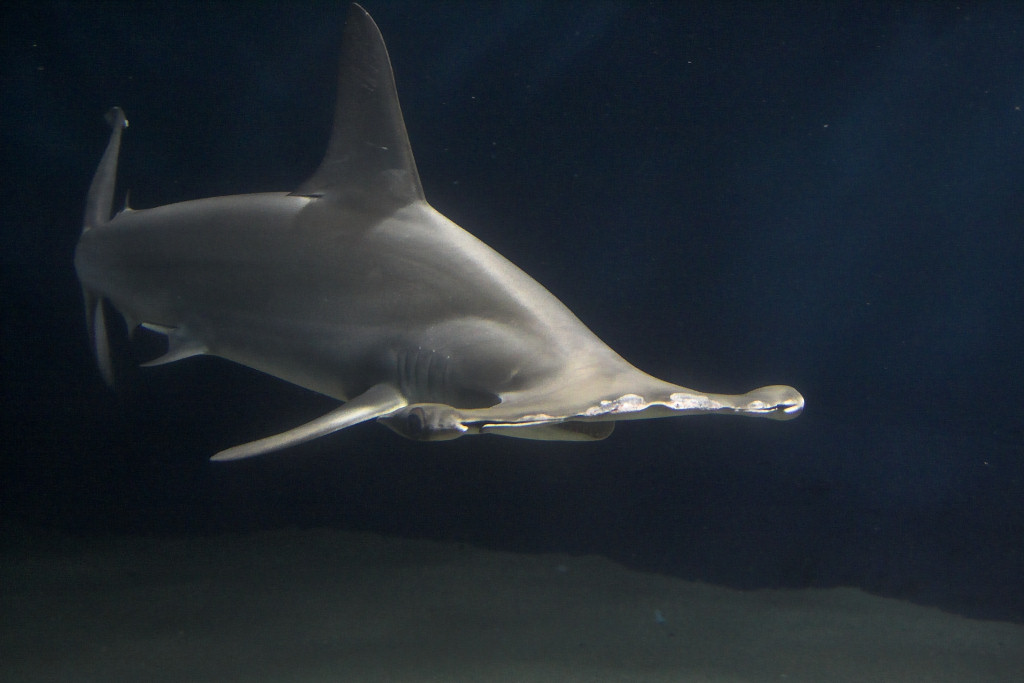|
Big-game Fishing
Big-game fishing, also known as offshore sportfishing, offshore gamefishing or blue-water fishing, is a form of recreational fishing targeting large game fish, usually on a large body of water such as a sea or ocean. History Big-game fishing started as a sport after the invention of the motorboat. Charles Frederick Holder, a marine biologist, and early conservationist, is credited with founding the sport in 1898. He went on to found and lead the Tuna Club of Avalon and went on to publish many articles and books on the subject, noted for their combination of accurate scientific detail with exciting narratives. Purpose-built game fishing boats appeared early in the 20th century. An example is the ''Crete'', in use at Catalina Island, California, in 1915, and shipped to Hawaii the following year. According to a newspaper report at that time, the ''Crete'' had "... a deep cockpit, a chair fitted for landing big fish and leather pockets for placing the pole." Big-game species Th ... [...More Info...] [...Related Items...] OR: [Wikipedia] [Google] [Baidu] |
Sailfish
The sailfish is one or two species of marine fish in the genus ''Istiophorus'', which belong to the family Istiophoridae ( marlins). They are predominantly blue to gray in colour and have a characteristically large dorsal fin known as the sail, which often stretches the entire length of the back. Another notable characteristic is the elongated rostrum (bill) consistent with that of other marlins and the swordfish, which together constitute what are known as billfish in sport fishing circles. Sailfish live in colder pelagic waters of all Earth's oceans, and hold the record for the highest speed of any marine animal. Species There is a dispute based on the taxonomy of the sailfish, and either one or two species have been recognized.McGrouther, M. (2013). Sailfish, Istiophorus platypterus.' Australian Museum. Retrieved 26 April 2013. No differences have been found in mtDNA, morphometrics or meristics between the two supposed species and most authorities now only recogni ... [...More Info...] [...Related Items...] OR: [Wikipedia] [Google] [Baidu] |
Dolphinfish
''Coryphaena'' is a genus of marine ray-finned fishes known as the dolphinfishes, and is currently the only known genus in the family Coryphaenidae. The generic name is from Greek κορυφή (''koryphē'', "crown, top") and -αινα (-''aina'', feminine suffix). Species in this genus have compressed heads and single dorsal fins that run the entire length of the fishes' bodies. Dolphinfish are aggressive predatory fish that actively prey upon oceanic forage fishes, while in turn serving as a primary food source for many larger pelagic predators. The dolphinfish can reach up to about , and are some of the fastest-growing species in the ocean. Despite the name, dolphinfishes are unrelated to and look unlike dolphins (which are marine mammal Marine mammals are mammals that rely on marine ecosystems for their existence. They include animals such as cetaceans, pinnipeds, sirenians, sea otters and polar bears. They are an informal group, unified only by their reliance on mar ... [...More Info...] [...Related Items...] OR: [Wikipedia] [Google] [Baidu] |
Atlantic Tarpon
The Atlantic tarpon (''Megalops atlanticus'') is a ray-finned fish that inhabits coastal waters, estuary, estuaries, lagoons, and rivers. It is also known as the silver king. It is found in the Atlantic Ocean, typically in tropical and subtropical regions, though it has been reported as far north as Nova Scotia and the Atlantic coast of southern France, and as far south as Argentina. As with all elopiformes, it spawns at sea. Its diet includes small fish and crustaceans. The tarpon has a reputation for great aerobatics, attaining astonishing size, and having impressive armored scales. It is generally considered to be of poor food quality, but it is highly valued as a game fish by recreational fishermen. Description Atlantic tarpon evolved approximately 18 million years ago and are one of the oldest living fish. It has been recorded at up to in length and weighing up to . Males rarely weigh more than 100 pounds. A tarpon is capable of filling its swim bladder with air, like a p ... [...More Info...] [...Related Items...] OR: [Wikipedia] [Google] [Baidu] |
Grouper
Groupers are a diverse group of marine ray-finned fish in the family Epinephelidae, in the order Perciformes. Groupers were long considered a subfamily of the seabasses in Serranidae, but are now treated as distinct. Not all members of this family are called "groupers". The common name "grouper" is usually given to fish in one of two large genera: ''Epinephelus'' and '' Mycteroperca''. In addition, the species classified in the small genera ''Anyperidon'', ''Cromileptes'', ''Dermatolepis'', ''Graciela'', ''Saloptia'', and ''Triso'' are also called "groupers". Fish in the genus '' Plectropomus'' are referred to as "coral groupers". These genera are all classified in the subfamily Epiphelinae. However, some of the hamlets (genus ''Alphestes''), the hinds (genus ''Cephalopholis''), the lyretails (genus ''Variola''), and some other small genera (''Gonioplectrus'', ''Niphon'', ''Paranthias'') are also in this subfamily, and occasional species in other serranid genera have common na ... [...More Info...] [...Related Items...] OR: [Wikipedia] [Google] [Baidu] |
Hammerhead Shark
The hammerhead sharks are a group of sharks that form the family Sphyrnidae, named for the unusual and distinctive form of their heads, which are flattened and laterally extended into a Hammerhead shark#Cephalofoil, cephalofoil (a T-shape or "hammer"). The shark's eyes are placed one on each end of this T-shaped structure, with their small mouths directly centered and underneath. Most hammerhead species are placed in the genus ''Sphyrna'', while the winghead shark is placed in its own genus, ''Eusphyra''. Many different—but not necessarily mutually exclusive—functions have been postulated for the cephalofoil, including sensory reception, manoeuvering, and prey manipulation. The cephalofoil gives the shark superior binocular vision and depth perception. Hammerheads are found worldwide, preferring life in warmer waters along coastlines and continental shelves. Unlike most sharks, some hammerhead species will congregate and swim in large Shoaling and schooling, schools during ... [...More Info...] [...Related Items...] OR: [Wikipedia] [Google] [Baidu] |
Tiger Shark
The tiger shark (''Galeocerdo cuvier'') is a species of ground shark, and the only extant member of the genus '' Galeocerdo'' and family Galeocerdonidae. It is a large apex predator, with females capable of attaining a length of over . Populations are found in many tropical and temperate waters, especially around central Pacific islands. Its name derives from the dark stripes down its body, which resemble a tiger's pattern, but fade as the shark matures. The tiger shark is a solitary, mostly nocturnal hunter. It is notable for having the widest food spectrum of all sharks, with a range of prey that includes crustaceans, fish, seals, birds, squid, turtles, sea snakes, dolphins, and others, even smaller sharks. It also has a reputation as a "garbage eater", consuming a variety of inedible, man-made objects that linger in its stomach. Tiger sharks have only one recorded natural predator, the orca. It is considered a near-threatened species because of finning and fishing by ... [...More Info...] [...Related Items...] OR: [Wikipedia] [Google] [Baidu] |
Great White Shark
The great white shark (''Carcharodon carcharias''), also known as the white shark, white pointer, or simply great white, is a species of large Lamniformes, mackerel shark which can be found in the coastal surface waters of all the major oceans. It is the only known surviving species of its genus ''Carcharodon''. The great white shark is notable for its size, with the largest preserved female specimen measuring in length and around in weight at maturity. However, most are smaller; males measure , and females measure on average. According to a 2014 study, the lifespan of great white sharks is estimated to be as long as 70 years or more, well above previous estimates, making it one of the longest lived Chondrichthyes, cartilaginous fishes currently known. According to the same study, male great white sharks take 26 years to reach sexual maturity, while the females take 33 years to be ready to produce offspring. Great white sharks can swim at speeds of 25 km/h (16 mph ... [...More Info...] [...Related Items...] OR: [Wikipedia] [Google] [Baidu] |
Bull Shark
The bull shark (''Carcharhinus leucas''), also known as the Zambezi shark (informally zambi) in Africa and Lake Nicaragua shark in Nicaragua, is a species of requiem shark commonly found worldwide in warm, shallow waters along coasts and in rivers. It is known for its aggressive nature, and presence mainly in warm, shallow brackish water, brackish and freshwater systems including estuaries and (usually) lower reach (geography), reaches of rivers. Their aggressive nature has led to ongoing shark-culling efforts near beaches to protect beachgoers, which is one of the causes of bull shark populations continuing to decrease. Bull sharks are listed as vulnerable on the IUCN Red List. Bull sharks are euryhaline and can thrive in both saltwater, salt and fresh water. They are known to travel far up rivers, and have been known to travel up the Mississippi River as far as Alton, Illinois, about from the ocean, but few freshwater interactions with humans have been recorded. Larger-sized ... [...More Info...] [...Related Items...] OR: [Wikipedia] [Google] [Baidu] |
Mako Shark
''Isurus'' (meaning "equal tail") is a genus of mackerel sharks in the family Lamnidae, commonly known as the mako sharks. They are largely pelagic, and are fast, predatory fish capable of swimming at speeds of up to . Fossil history and evolution Although fossil teeth of ''Isurus'' have been reported from as early as the Late Cretaceous, they are likely to be of a shark with a similar dentition, '' Cretoxyrhina''; since at one point they were considered to be the same (now defunct) genus ''Oxyrhina'', and modern referrals to ''Isurus'' in the Cretaceous are scant. The earliest appearance of ''Isurus'' proper seems to be during the Oligocene with ''Isurus desori''. There has been much debate and speculation about the evolutionary origin and relationships between ''Isurus'' and its closest relatives, including the extant great white shark (''Carcharodon carcharias''). Molecular clock analyses place the last common ancestor of ''Isurus'' and '' Carcharodon'' between 43–60 mil ... [...More Info...] [...Related Items...] OR: [Wikipedia] [Google] [Baidu] |
Shark
Sharks are a group of elasmobranch cartilaginous fish characterized by a ribless endoskeleton, dermal denticles, five to seven gill slits on each side, and pectoral fins that are not fused to the head. Modern sharks are classified within the Division (taxonomy), division Selachii and are the sister group to the Batoidea, Batomorphi (Batoidea, rays and skate (fish), skates). Some sources extend the term "shark" as an informal category including Extinction, extinct members of Chondrichthyes (cartilaginous fish) with a shark-like morphology, such as hybodonts. Shark-like chondrichthyans such as ''Cladoselache'' and ''Doliodus'' first appeared in the Devonian Period (419–359 million years), though some fossilized chondrichthyan-like scales are as old as the Ordovician, Late Ordovician (458–444 million years ago). The earliest confirmed modern sharks (Selachii) are known from the Early Jurassic around , with the oldest known member being ''Agaleus'', though records of true shar ... [...More Info...] [...Related Items...] OR: [Wikipedia] [Google] [Baidu] |
Bigeye Tuna
The bigeye tuna (''Thunnus obesus'') is a species of true tuna of the genus ''Thunnus'', belonging to the wider mackerel family (biology), family Scombridae. In Hawaiian language, Hawaiian, it is one of two species known as ahi, the other being the yellowfin tuna. Bigeye tuna are found in the open waters of all tropical and temperate oceans, but not in the Mediterranean Sea. Description Bigeye tuna can grow up to in length. Maximum weight of individuals probably exceeds , with the all-tackle angling record standing at . They are large, deep-bodied, streamlined fish with large heads and eyes. The pectoral fins are very long, reaching back beyond the start of the second dorsal fin in juveniles and the space between the first and second dorsal fin in adults. They have 13 or 14 Dorsum (biology), dorsal spines. Physiology Bigeye tuna have a unique physiology which allows them to forage in deeper colder waters and tolerate oxygen-poor waters. Bigeye tuna are reported to tolerate ambie ... [...More Info...] [...Related Items...] OR: [Wikipedia] [Google] [Baidu] |









